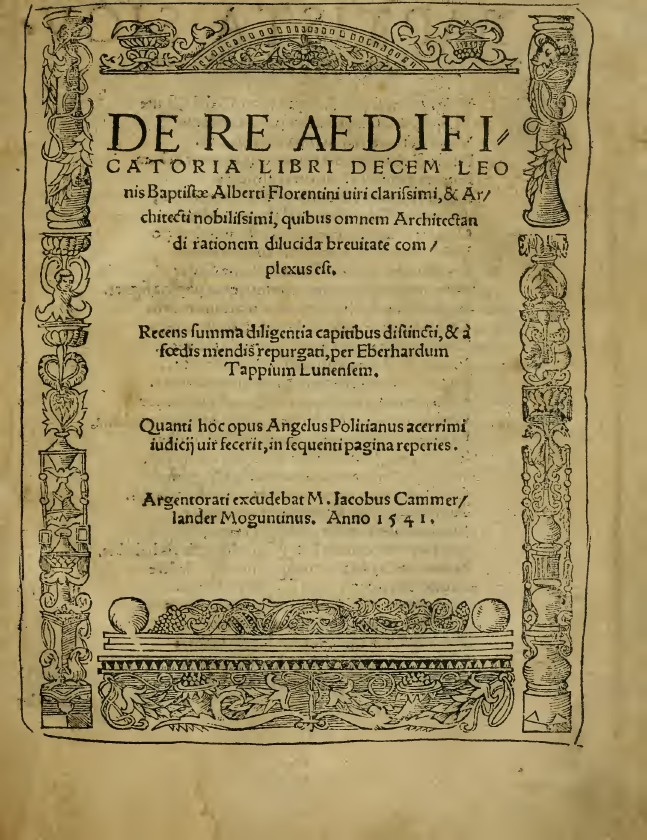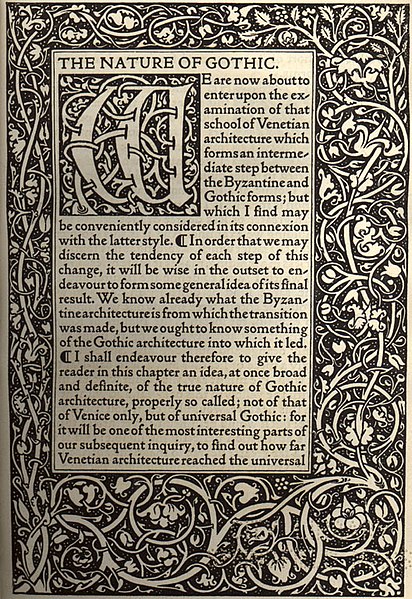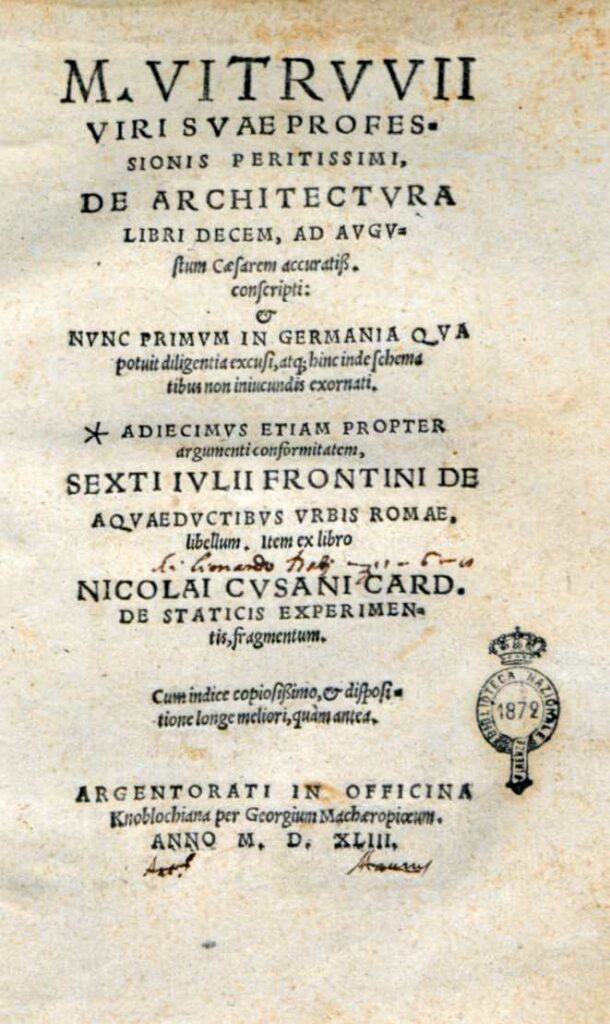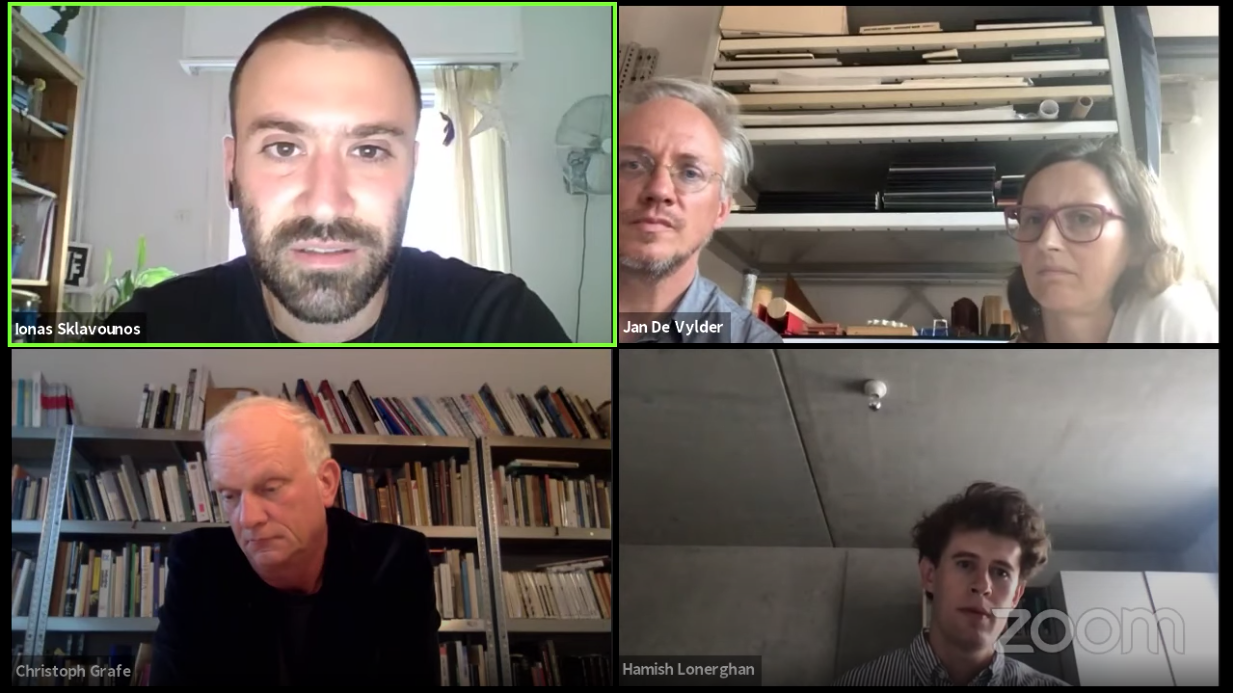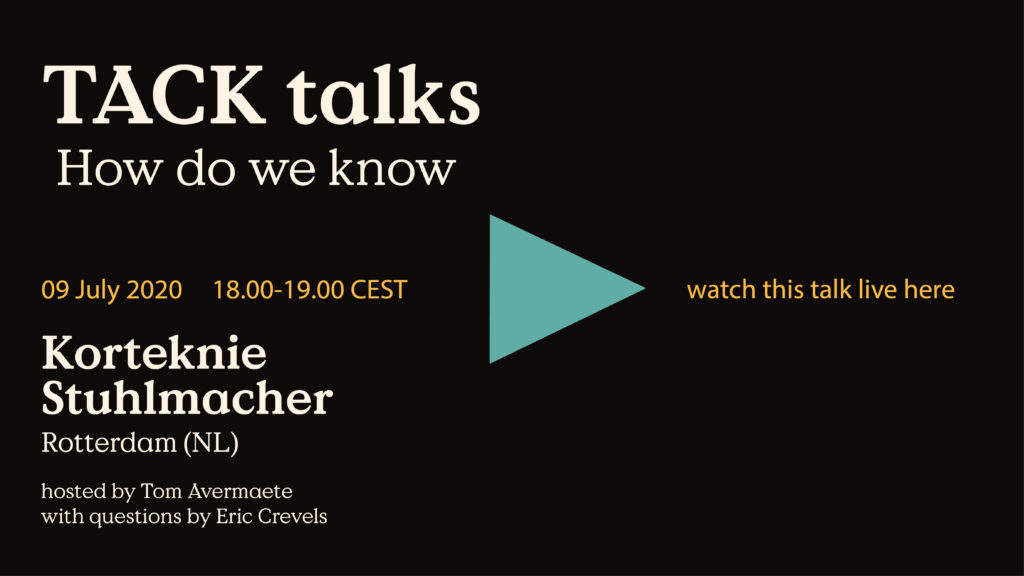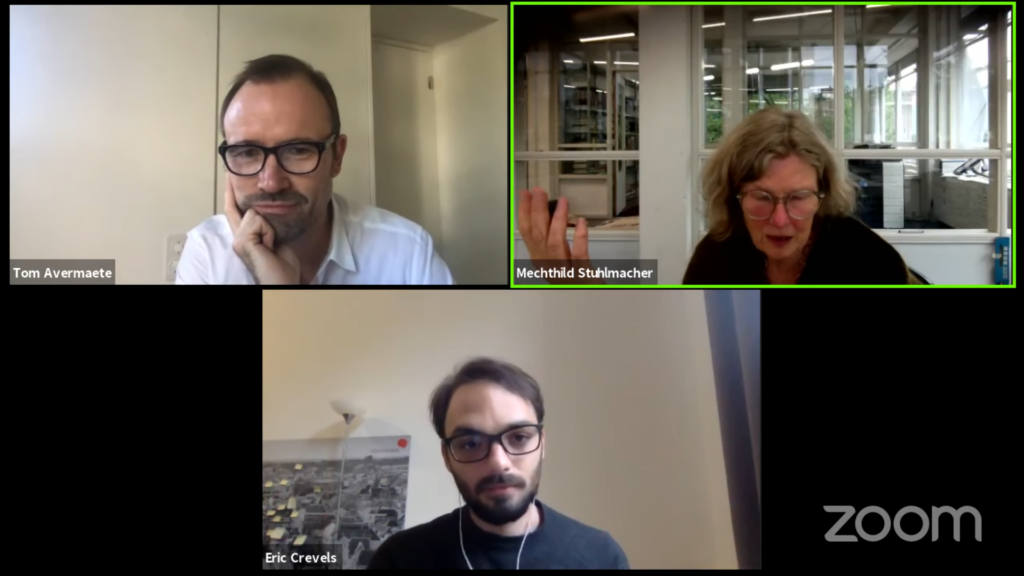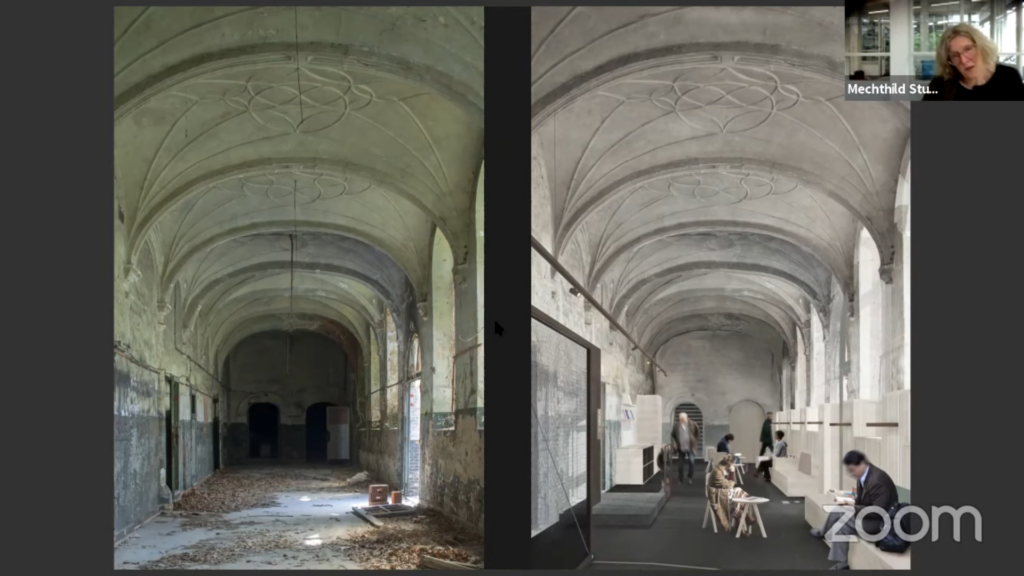Newsletter
Reflection
Being an in-house researcher at the VAi

Eric Crevels
Vlaams Architectuurinstituut (VAi)
Newsletter
Reflection
April 20, 2021
View
Being an in-house researcher at the VAi
Eric Crevels
Vlaams Architectuurinstituut (VAi)

© Eric Crevels
















